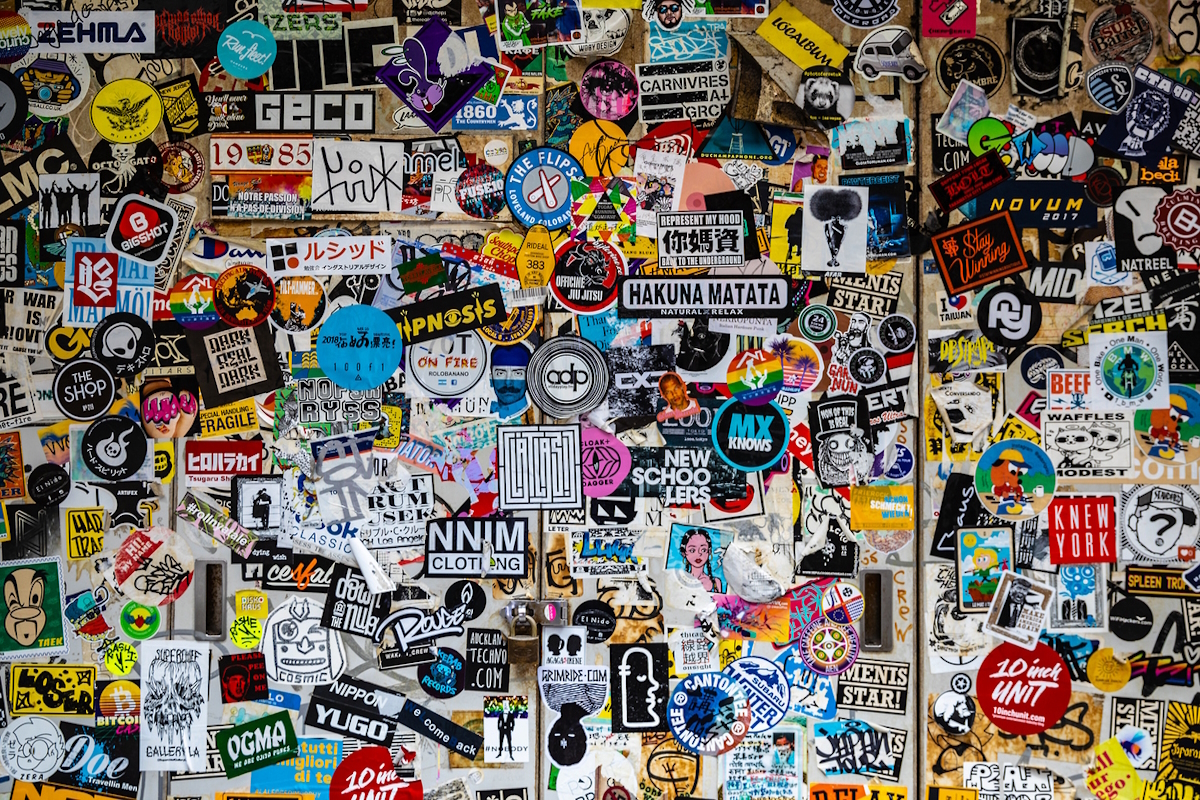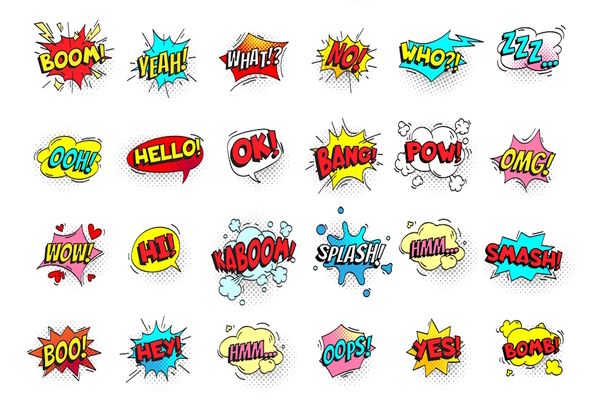How culture drives brand equity

Gauthier Boche at Marks argues that the brand-culture relationship will never be the same
Brands have always been deeply intertwined with culture. Think of Martini’s glamorous association with Cinecittà during its golden age, Nike’s meteoric rise alongside Michael Jordan, or the way brands like Calvin Klein and The North Face cemented their place in pop culture through collaborations with hip-hop’s biggest stars in the 80s and 90s.
Just last month, Berghaus struck a chord with its understated Liam Gallagher campaign, perfectly timed to coincide with the return of Oasis. At its core, branding has long been about layering cultural relevance onto products to drive commerce.
The democratisation of culture
However, the relationship between brands and culture has evolved dramatically. The rise of social media and digital connectivity has transformed consumers from passive spectators into active participants in cultural conversations.
Culture is no longer dictated by Hollywood or Madison Avenue—it’s been democratised and globalised. Today, different generations use culture as a way to define their identity. From FOMO to memes and trashposting, people shape their sense of self through conversations about celebrities, TV shows, influencers, and more.
In the past, algorithms operated behind the scenes, curating content to suit our preferences. Brands focused on seamlessly fitting into these algorithms to reach their audiences. Now, the opportunity lies in disruption, as consumers increasingly seek experiences that challenge their comfort zones.
These shifts are profoundly changing the way businesses and brands must operate.
From consistency to agility
Where once brand equity revolved around consistency and long-term planning, today it’s all about agility. Brands still need to manage their identities, but the way they do this has changed. The focus is now on engaging with emerging cultural movements and integrating these into their brand’s DNA.
Identity for brands is becoming less rigid. As personal identity becomes more fluid and multifaceted, brands must follow suit. Marketers need to adopt a more open and adaptive approach, one that allows for a blend of values and perspectives. This new landscape makes brand management more complex but also opens doors to greater creativity and relevance.
A common starting point is for brands to borrow the visual language of cultural movements, a method used in around 70% of cultural activations. For instance, Loewe’s limited-edition collection inspired by Studio Ghibli’s Howl’s Moving Castle or Budweiser’s special edition cans featuring artwork by Peter Blake. These initiatives use established cultural symbols to create resonance with consumers.
Culture through disruption
Leading brands, however, go beyond borrowing from culture—they actively create it. They think of culture in terms of disruption, reimagining how they can use touchpoints in unexpected ways.
Take Balenciaga’s recent collaboration with Erewhon, a premium grocery store in Los Angeles. By co-branding a range of accessories and immersing itself in wellness culture, Balenciaga disrupted its usual fashion-centric narrative and sparked a conversation. The act of disruption itself became a cultural moment, drawing attention to the brand’s innovative and edgy persona.
This approach highlights the need for brands to shift from simply “tapping into culture” to becoming producers of culture. Bacardi, for example, is staking a claim in music-driven culture, focusing on community empowerment and emerging talent. Where glossy magazines once dictated what was cool, brands now curate what deserves consumers’ time and emotional investment.
Amplification or antagonism
To navigate this cultural landscape, brands must continually evaluate the trends and talent they engage with.
They can choose to amplify their values by partnering with artists, influencers, or movements that align with their ethos. Alternatively, they can embrace antagonism, collaborating with those who represent an opposing perspective.
This friction can be electrifying, as seen in Nike’s unexpected collaboration with Tiffany & Co. By leaning into contrasts, brands can generate intrigue and cultural momentum—if executed thoughtfully.
Brand strategy in the age of fluidity
The key takeaway for brands today is that strategy can no longer be strictly top-down. While defining a clear positioning is still essential, it must leave room for flexibility and disruption. Brands need to adapt to shifting media platforms, emerging conversations, and the zeitgeist of the moment. This requires a willingness to embrace fluidity and take risks.
It’s a challenge, yes—but also an unparalleled opportunity. For brands ready to embrace cultural creation, this is one of the most exciting times to reimagine their role in the world.
Gauthier Boche is VP of Strategy & Innovation at Marks
Main image courtesy of iStockPhoto.com and Marco_Piunti

Business Reporter Team
Most Viewed
Winston House, 3rd Floor, Units 306-309, 2-4 Dollis Park, London, N3 1HF
23-29 Hendon Lane, London, N3 1RT
020 8349 4363
© 2025, Lyonsdown Limited. Business Reporter® is a registered trademark of Lyonsdown Ltd. VAT registration number: 830519543





